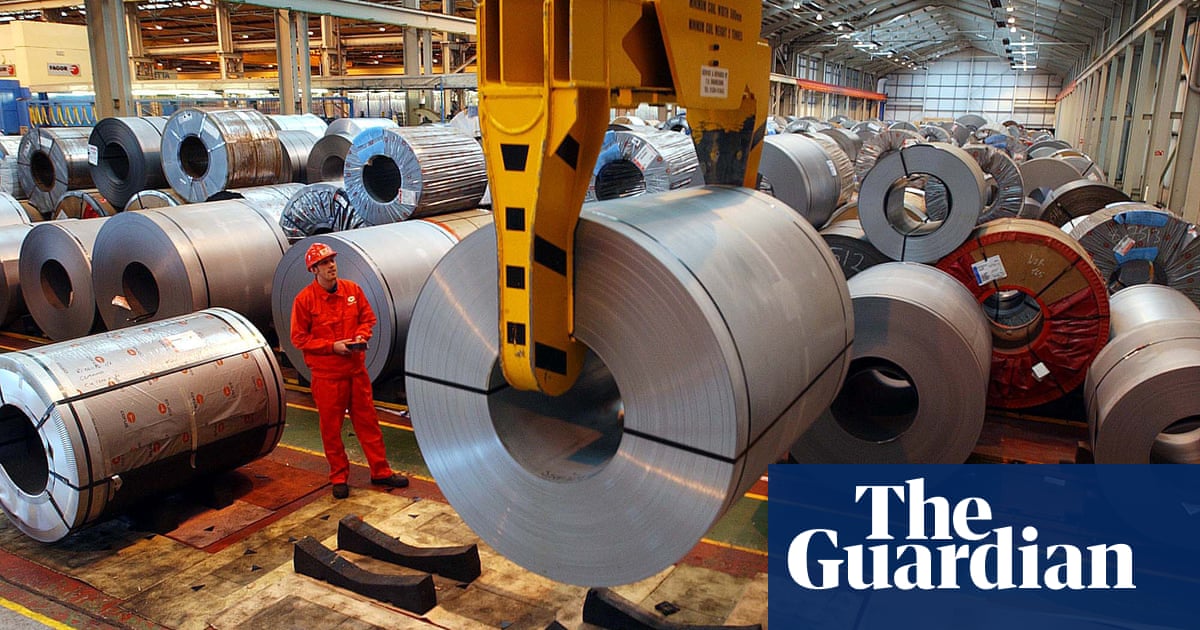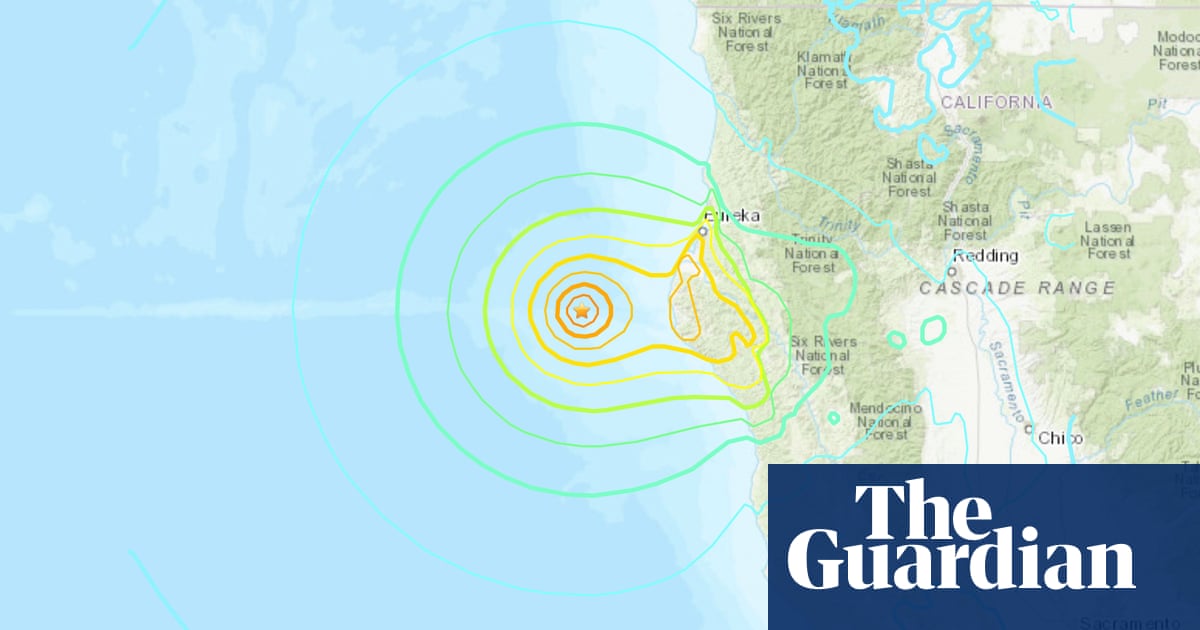Concern that the Great Barrier Reef may be suffering the most severe mass coral bleaching event on record has escalated after a conservation group released footage showing damage up to 18 metres below the surface.
Dr Selina Ward, a marine biologist and former academic director of the University of Queenslandâs Heron Island Research Station, said it was the worst bleaching she had seen in 30 years working on the reef, and that some coral was starting to die.
The Great Barrier Reef Marine Park Authority last week said aerial surveys of more than 1,000 individual reefs revealed more than half were rated as having high or very high levels of bleaching, and a smaller number in the south â less than 10% of the total â had extreme bleaching. Only about a quarter were relatively unaffected.
It confirmed the 2,300-kilometre reef system was experiencing its fifth mass bleaching event in eight years. The authority said sea surface temperatures had been between 0.5C and 1.5C hotter than expected for this time of year.
The Australian Marine Conservation Society on Thursday released video and photos that it said showed bleaching on the southern part of the reef extended to greater depths than had been previously reported this year.
Ward said the impact of bleaching had been extensive across 16 sites that she visited in the reefâs southern section, affecting coral species that had usually been resistant to bleaching. Some coral had started to die, a process that usually takes weeks or months after bleaching occurs.
âI feel devastated,â she said. âIâve been working on the reef since 1992 but this [event], Iâm really struggling with.â
Quick Guide
What is coral bleaching?
Show

Coral bleaching describes a process where the coral animal expels the algae that live in their tissues and give them their colour and much of their nutrients.
Without their algae, a coralâs white skeleton can be seen through their translucent flesh, giving a bleached appearance.
Mass coral bleaching over large areas, first noticed in the 1980s around the Caribbean, is caused by rising ocean temperatures.
Some corals also display fluorescent colours under stress when they release a pigment that filters light. Sunlight also plays a role in triggering bleaching.
Corals can survive bleaching if temperatures are not too extreme or prolonged. But extreme marine heatwaves can kill corals outright.
Coral bleaching can also have sub-lethal effects, including increased susceptibility to disease and reduced rates of growth and reproduction.
Scientists say the gaps between bleaching events are becoming too short to allow reefs to recover.
Coral reefs are considered one of the planetâs ecosystems most at risk from global heating. Reefs support fisheries that feed hundreds of millions of people, as well as supporting major tourism industries.
The worldâs biggest coral reef system â Australiaâs Great Barrier Reef â has suffered seven mass bleaching events since 1998, of which five were in the past decade.
Ward said sea temperatures at two of the sites she visited were the same at the surface and 20 metres below the surface. This was âvery unusualâ, and reinforced the need for rapid action to reduce greenhouse gas emissions, she said.
âWhat are we doing to stop the reef from being lost?â Ward said. âWe cannot expect to save the Great Barrier Reef and be opening new fossil fuel developments. Itâs time to act and there are no more excuses.â
Coral bleaching occurs when the coral becomes heat stressed and ejects the tiny marine algae, known as zooxanthellae, that live in its tissue and give most of its colour and energy. With the zooxanthellae gone, the coral starves and its bone-white calcium skeleton becomes visible.
If the elevated temperature doesnât last long, the coral can recover. Otherwise, it starts to die. In the most severe cases, the bleaching is skipped and the coral dies almost immediately, usually turning a dirty brown.
Terry Hughes, an emeritus professor at James Cook University and longtime reef bleaching researcher, said the aerial surveys showed âthe most widespread and most severe mass bleaching and mortality event ever recorded on the Great Barrier Reefâ.
He said the scale of the damage was comparable to 2016, the worst previous year experienced, but there were now fewer individual reefs untouched by bleaching between southern Queensland and the Torres Strait. He said the area south of Townsville had been particularly badly hit this year.
âWeâre already seeing extensive loss of corals at the time of peak bleaching,â he said. âItâs heartbreaking to see damage as severe as this as soon as this.â
Hughes said every part of the reef system had now bleached at least once since 1998. Some reefs had bleached three or four times. He said the cumulative damage made it harder for reefs to recover and more likely they would succumb.
The Intergovernmental Panel on Climate Change in 2018 found that most tropical coral reefs would be lost if global heating was limited to an average of 1.5C above pre-industrial levels and 99% were likely to be lost of heating reached 2C. They found they would be at high risk at 1.2C, a level that may have already been reached.
Unbleached reefs this year are coloured blue.
This is the most widespread and most severe mass bleaching and mortality event ever recorded on the Great Barrier Reef. https://t.co/eE5LCrSwtL
— Terry Hughes (@ProfTerryHughes) April 9, 2024
Dr Lissa Schindler, an ecologist and the reef campaign manager with the Australian Marine Conservation Society, called on the Great Barrier Reef Marine Park Authority to release maps showing the extent and severity of the bleaching so the public had a true picture of the scale of the impact.
Schindler also urged the authority, which she described as the reefâs custodian, to play a greater role in advocating for stronger action on emissions.
She said in the past the authority had called for âstrong and fast national actionâ to deal with the climate crisis, but a more recent climate statement it issued focused on global action and did not say anything about Australia needing to increase what it was doing.
âIf the Albanese government is serious about its commitment to Unesco to protect the reef then it must commit to net zero emissions by 2035 and stop approving new fossil fuel projects,â she said.
Scientists have said the governmentâs emissions reduction targets â a 43% cut compared with 2005 levels and net zero by 2050 â are consistent with global action that could lead to 2C of global heating.
Interviewed on ABCâs Radio National on Wednesday, the environment minister, Tanya Plibersek, said the government was âvery concerned about the bleaching that we see at the moment, sadly, not just on the Great Barrier Reef, but right around the worldâ.
She said the government was doing âwhatever we canâ to get to net zero emissions. âWe need to protect the reef because itâs ⦠unique in the world and also 64,000 people rely on it for their work,â she said.



